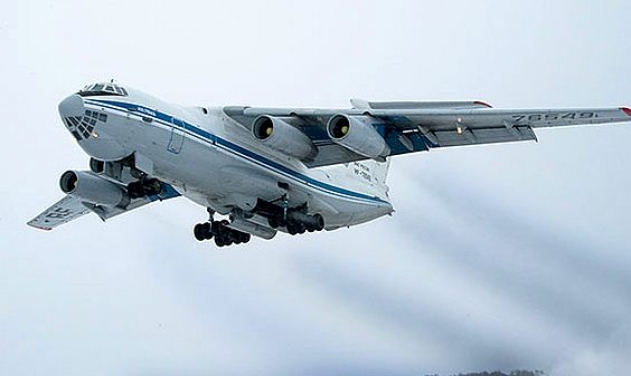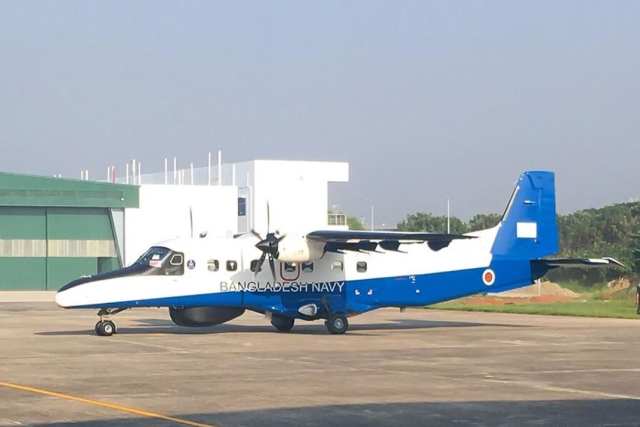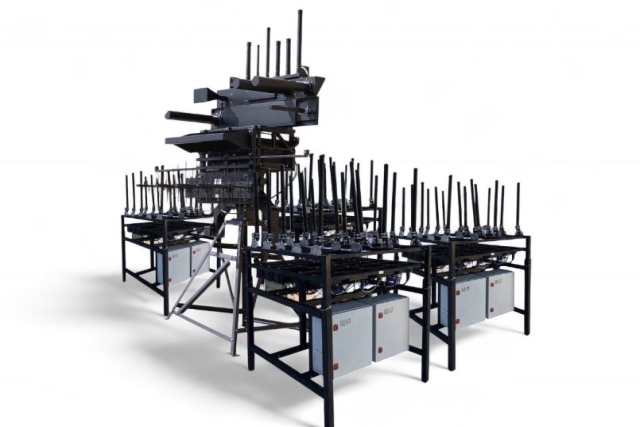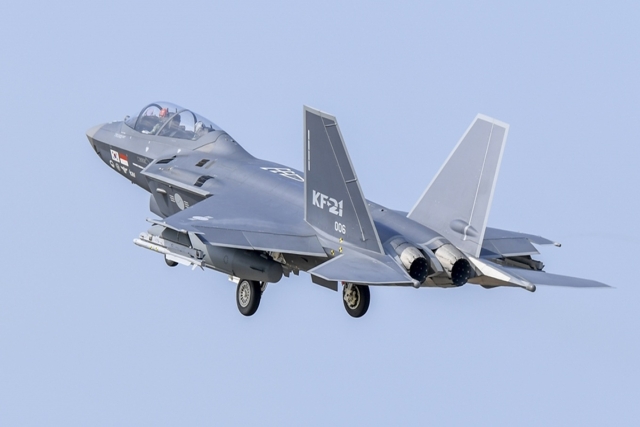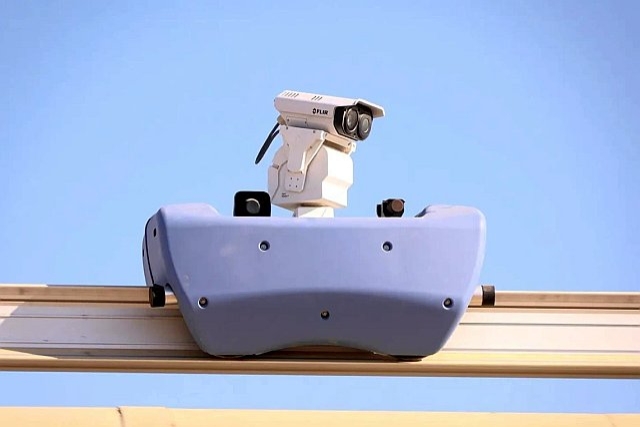AFRL Completes Flight Test of Airborne Laser Beam Director
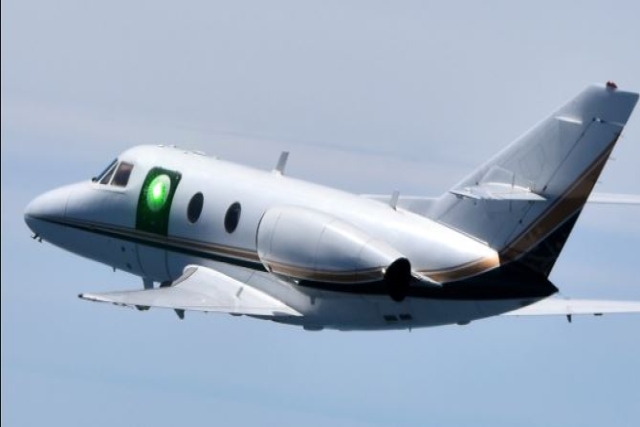
The U.S. Air Force Research Laboratory (AFRL) completed a flight-test campaign for a new beam director concept that can be used with directed energy laser systems integrated onto aircraft.
The Hybrid Aero-Effect Reducing Design with Realistic Optical Components (HARDROC), team, consisting of personnel from AFRL’s Aerospace Systems Directorate here and Directed Energy Directorate at Kirtland AFB, New Mexico, along with prime contractor MZA Associates, developed and tested a low-power, sub-scale beam director to evaluate the ability of various aerodynamic flow control techniques to mitigate optical and mechanical distortions imparted on a laser beam leaving an airborne platform travelling at high speeds.
“The HARDROC beam director is a leap forward in technology to minimize aerodynamic degradations,” said Rudy Johnson, HARDROC program manager. “This series of flight tests demonstrated the effectiveness of flow control to reduce the aerodynamic effects on the beam director.”
The flow-control at the heart of HARDROC has been in development for several years by researchers at AFRL.
“Using advanced computational fluid dynamic, or CFD, simulation techniques, we were able to demonstrate significant reduction in aero-effects across a wide range of speeds and look angles,” said Dr. Scott Sherer, CFD lead for the HARDROC program. “We effectively utilized a substantial amount of computational hours provided by the Department of Defense High Performance Computing Modernization Office to establish which flow-control techniques could work, which techniques were worth pursuing and which were not.”
The Aerospace Systems Directorate team worked closely with their counterparts at the Directed Energy Directorate and leaned on previous efforts in beam director development to further the technology used in the HARDROC Program.
“Advancing to flight-testing was a huge undertaking and accomplishment of the HARDROC team,” said Dr. Matthew Kemnetz, co-principal investigator for Aero-Effects and Beam Control in AFRL’s Directed Energy Directorate at Kirtland Air Force Base, New Mexico. “Data from these flight tests will be instrumental to airborne beam director development efforts moving forward.”
While advanced flow-control techniques were at the heart of the HARDROC Program, tying these aerodynamic modifications in with realistic optical components was crucial to demonstrating overall system effectiveness.
“Based on our computational simulations and wind-tunnel results, we felt very confident the flow-control would perform well,” said Johnson. “But the biggest question in our mind was whether these flow-control techniques could be used with the sensitive optical components required for an advanced directed energy system. HARDROC answered that question with an emphatic yes.”
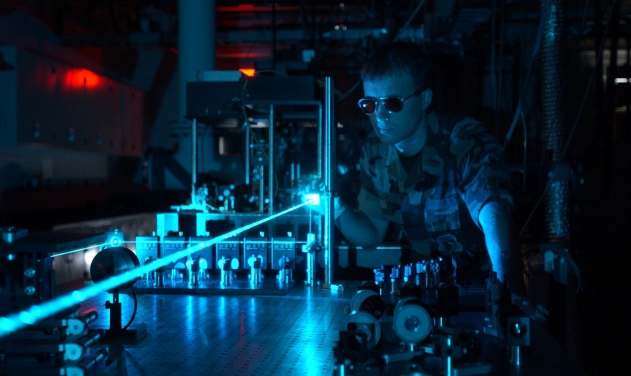
To get to these answers, AFRL contracted with MZA Associates, a world leader in the modeling, analysis, design, development, integration and testing of High Energy Laser, or HEL, and advanced optical systems to design a sub-scale system that could be either utilized in a wind-tunnel or on an aircraft.
The resulting design was ground-tested in an environmental chamber as well as a wind-tunnel to ensure functionality and performance under load before culminating in flight-testing on a business jet during the summer and autumn of 2022. During flight-tests, the aircraft cruised at high speed and a variety of sensors were used to measure aerodynamic disturbances. The data demonstrated that the HARDROC beam director enlarges the envelop that airborne directed energy systems can operate in, providing 360-degree field of regard across extended speed regimes with reduced size, weight and power, or SWaP, compared to other state-of-the-art turrets.
“The successful flight demonstration of the HARDROC turret clears one of the key remaining technological hurdles for operation of high-power lasers on high-speed aircraft for a variety of Air Force missions,” said Dr. Mike Stanek, Technical Advisor for the Aerospace Systems Directorate’s Integrated Systems Branch. “Integration of the low-SWaP HARDROC turret would allow less laser power to be lost to aero-effects, thus enabling mission performance compared to other types of integration strategies.”

